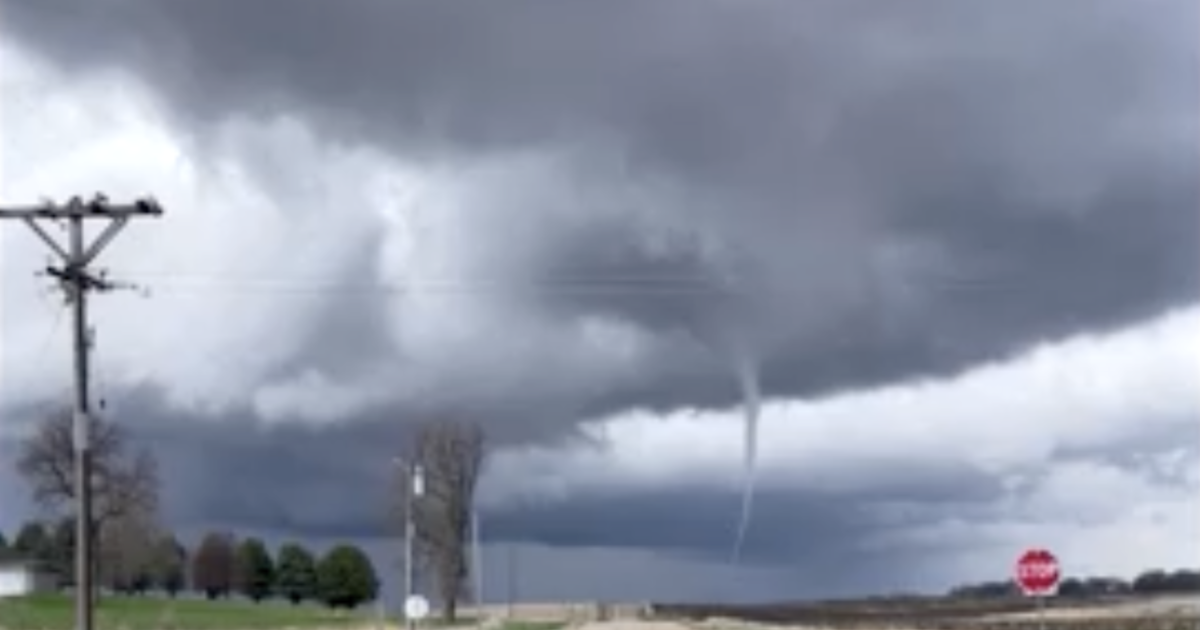Midwest floods: Ruptured levees could cost billions to repair
- Almost half of the country lives near a levee, and 12 have already failed during spring flooding
- Critics blame Army Corps of Engineers and FEMA for broken levees flooding the Midwest
- The levees "were set up to fail," says flood insurance expert
The small town of Hamburg, Iowa was submerged this week when its levee – the earthen barrier protecting it from the raging Missouri River – broke, forcing its 1,100 residents to flee their homes. But luck was on their side: No one died. And now this same raging river is rushing toward Kansas City, Missouri.
The Army Corps of Engineers warned during a Thursday briefing there could be other flooding as snow begins to melt along the upper regions of the Midwest. The states most likely to be affected: Iowa, Nebraska, Kansas and Missouri.
"The runoff will be more than expected," John Remus, chief of the Missouri River Basin Water Management Division confirmed during the briefing. Twelve levees have already been breached, others have been "overtopped." And still others are in danger. "The public needs to remain vigilant."
"The whole thing is trashed," said Pat Sheldon, who is president of a regional "levee district" that extends from Iowa to the Missouri border. He predicted that doing a "total rebuild" of his levee system alone could cost "several billion dollars."
There are nearly 100,000 miles of levees across the country, protecting almost 150 million people, and when they fail, it can be disastrous.
Others who've witnessed the misfortune of a levee rupturing weren't so lucky. The biggest tragedy occurred in New Orleans during Hurricane Katrina in 2005, when a dike that was supposed to protect the city gave way and 1,300 people died. And a recent Christmas flood in 2015 set records for water height all along the Mississippi.
These disasters haven't gone unnoticed. In 2016, the U.S. Government Accountability Office (GAO), the Congressional watchdog, scolded the Army Corps of Engineers and the Federal Emergency Management Agency (FEMA) for making "little progress" in ensuring the safety of the nation's levees. The Corps of Engineers, which inspects just a small portion of these earth and gravel barriers, said at least five percent were at very high risk of flooding.
The Corps of Engineers controls just 15 percent of the nation's levees, while the rest are under state, local and tribal jurisdiction. But mistakes have been made regarding the levees the Corps of Engineers controls. When Hamburg built up its levee, Army officials ordered it be lowered. The flood water easily overwhelmed the lowered barrier wiping out the town. In New Orleans, the Corps of Engineers helped create a shipping channel dubbed "Mr. Go," but it ended up funneling Katrina's flood water into the city.
And it's unlikely anything will change when the current flooding ends. "Extreme weather events linked to climate change are causing flooding that strains aging infrastructures and produces even more damage," says Executive Director Amy Bach of United Policyholders, a consumer insurance advocacy group. "Repairs don't garner attention because they aren't showy. There's no ribbon cutting."
"You can't continue to maintain these levees on a shoestring," says John Dickson, a flood expert with Aon, an international insurance brokerage and consulting firm. "They were set up to fail."



